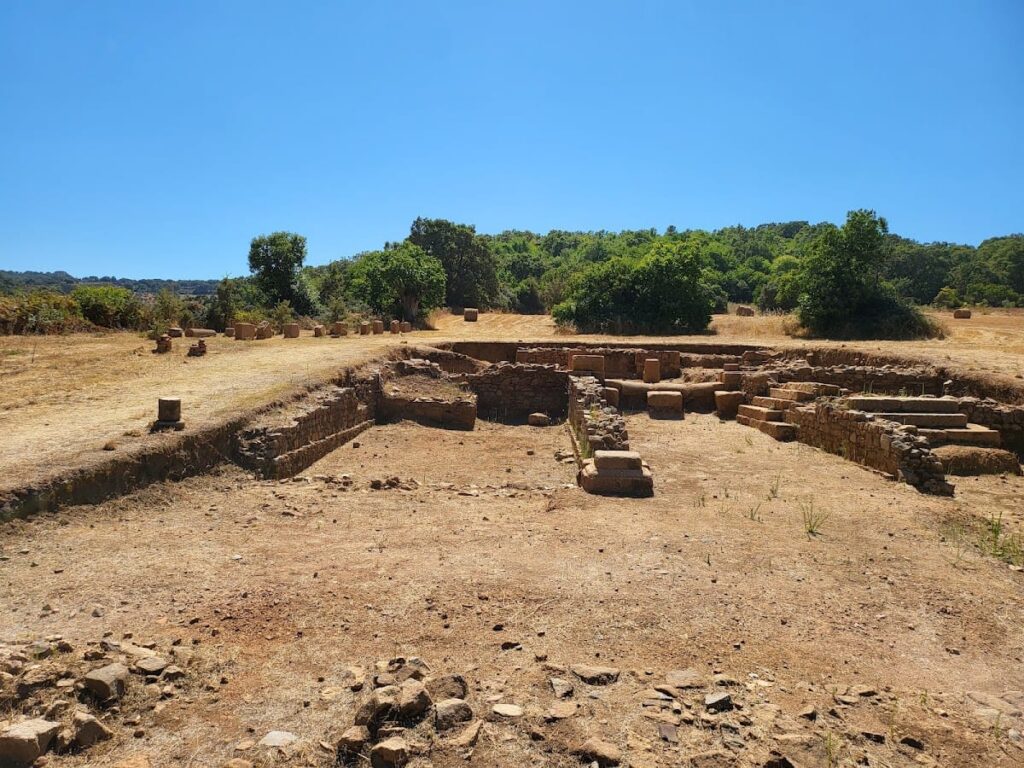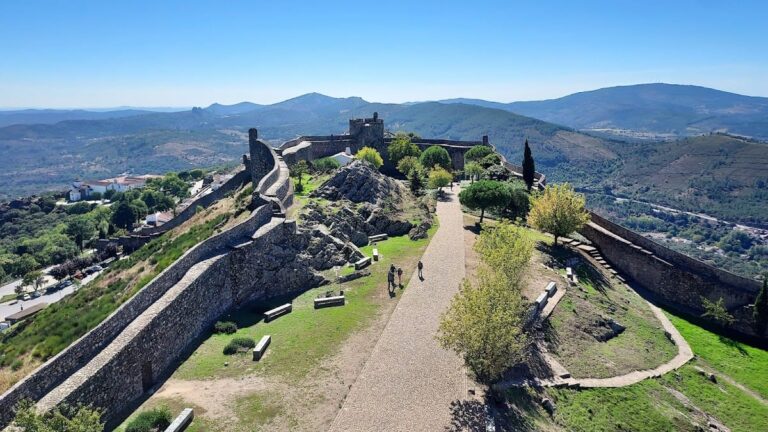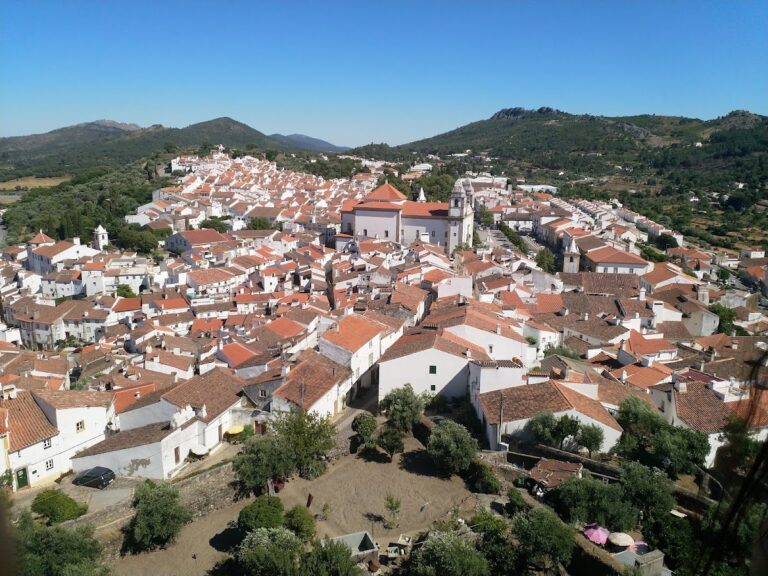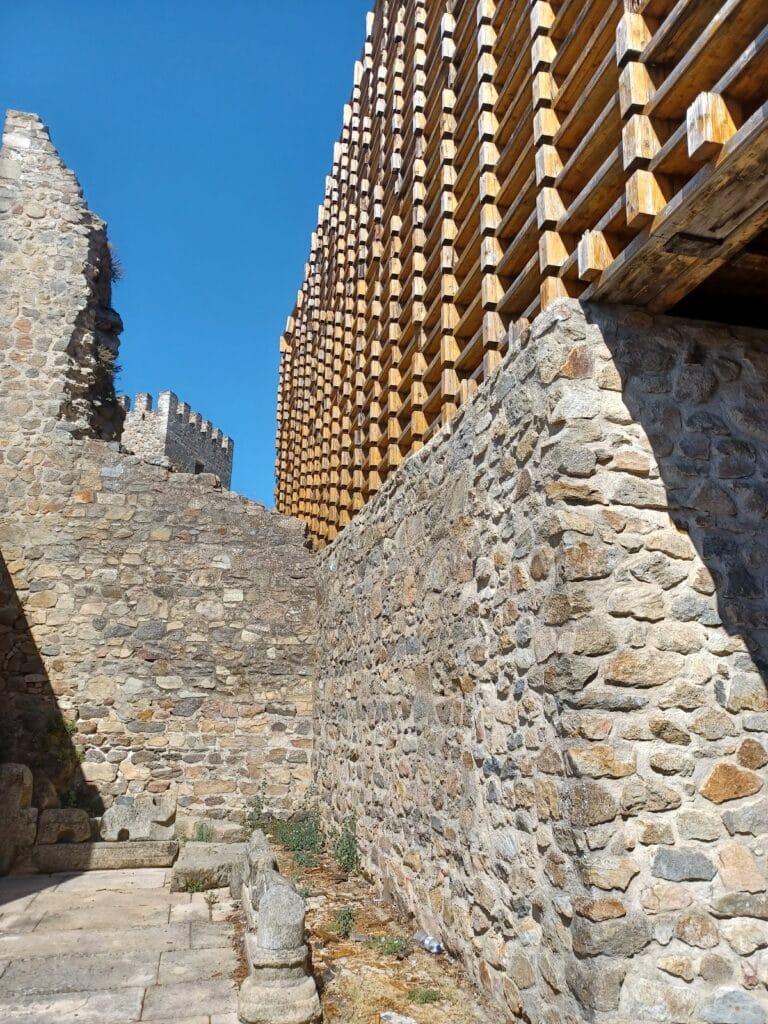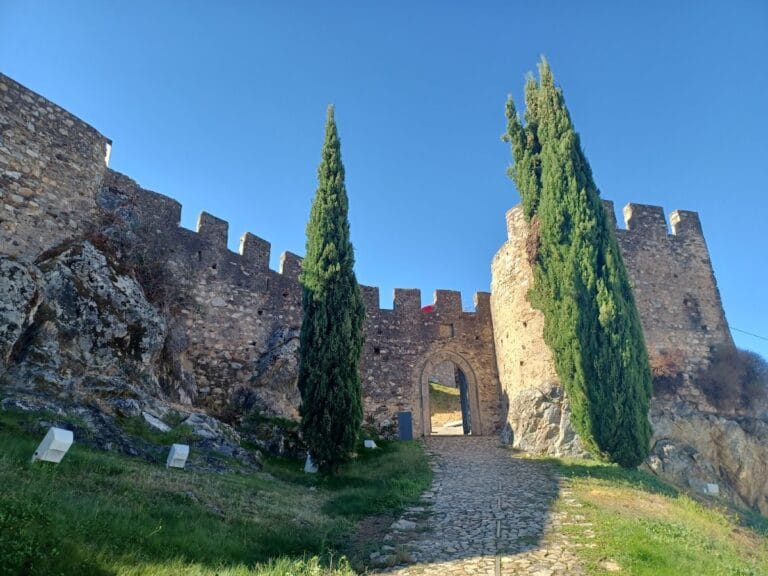Ammaia: An Ancient Roman City in Portugal
Visitor Information
Google Rating: 4.2
Popularity: Medium
Google Maps: View on Google Maps
Official Website: www.ammaia.pt
Country: Portugal
Civilization: Roman
Remains: City
History
Ammaia is an ancient Roman city located near the village of São Salvador da Aramenha in Portugal. It was likely founded in the late 1st century BC during the reign of Emperor Augustus. The settlement gained official status as a civitas, a type of Roman administrative community, under Emperor Claudius around 44–45 AD. Its position at the crossroads of Roman roads connecting it to Emerita Augusta (modern Mérida) helped establish Ammaia. The city also benefited from nearby mineral resources, including quartz and gold.
During the 1st century AD, Ammaia probably advanced to the status of municipium, a self-governing town, possibly under Emperor Vespasian or earlier rulers such as Nero or Lucius Verus. This period saw the city’s growth and development as a regional hub. In the 4th century AD, Ammaia underwent reconstruction and restoration, reflecting continued occupation and investment in its infrastructure.
Between the 5th and 9th centuries, Ammaia experienced decline and eventual depopulation. By the 9th century, under Arab rule, the site was abandoned in favor of the nearby fortified settlement of Marvão. Despite this, the muladi Ibn Maruán, a local leader of mixed Arab and Iberian descent, used titles associated with Ammaia and its ruins during this time. The city’s name and legacy persisted in the region’s history.
Historical records from 1398 mention a mill on the Ribeira de Sever owned by a resident of Marvão, indicating continued use of the surrounding landscape. In the early 16th century, building materials from Ammaia were repurposed for religious constructions in Portalegre and nearby areas. By 1619, the Roman bridge near Ammaia, known as Ponte Velha, was still visible but had been replaced by a tower and a new bridge downstream.
In 1710, one of Ammaia’s city gates was dismantled and used in the Castle of Vide, though it was later destroyed. In 1852, Spanish investigator José de Viu reported the sale of twenty statues from Ammaia to England, reflecting the dispersal of its artifacts. The site was correctly identified as Ammaia in 1935 by Leite de Vasconcelos, who corrected earlier misidentifications that had confused it with Medóbriga. Archaeological excavations began in 1994, with ongoing research led by the University of Évora since 2007. In 2019, a large amphitheater measuring 60 meters wide was discovered, adding to the known urban features of the city.
Remains
The ruins of Ammaia cover an area of about 20 hectares and are enclosed by a city wall featuring defensive towers and a southern gate. The city’s layout follows a regular grid plan with two main streets intersecting at right angles: the Cardo (north-south street) and the Decumanus Maximus (east-west street). These streets connect the forum, the central public square, to the main gates of the city.
One of the most prominent features is the Porta do Arco, an arch gate flanked by two circular towers approximately 6.3 meters in diameter. This gate served as a key entrance to the city and remains partially preserved. The forum lies at the heart of Ammaia and includes a well-preserved temple podium measuring 17.3 by 9 meters. Surrounding the temple precinct are the remains of a cryptoporticus, an underground covered corridor, and a portico, a covered walkway supported by columns.
Residential structures have also been excavated, including the building known as Quinta do Deão. This house contains a kitchen, Roman-style floor mosaics, water conduits, and reused Roman building materials such as inscriptions. The site now hosts a small museum displaying important finds from Ammaia. Near the forum, a small public bath complex has been uncovered, revealing typical Roman artifacts like coins, pottery, and glass. Some of these objects are preserved in the National Museum of Archaeology in Lisbon.
The ruins are situated along the Sever River valley and are overlooked by the Castle of Marvão. About four kilometers from the main site stood the Ponte Velha, a single-arch masonry Roman bridge that collapsed in 1982. Outside the city walls, suburban buildings, necropolises (burial grounds), and access roads have been identified, indicating a wider urban and suburban environment connected to Ammaia.


